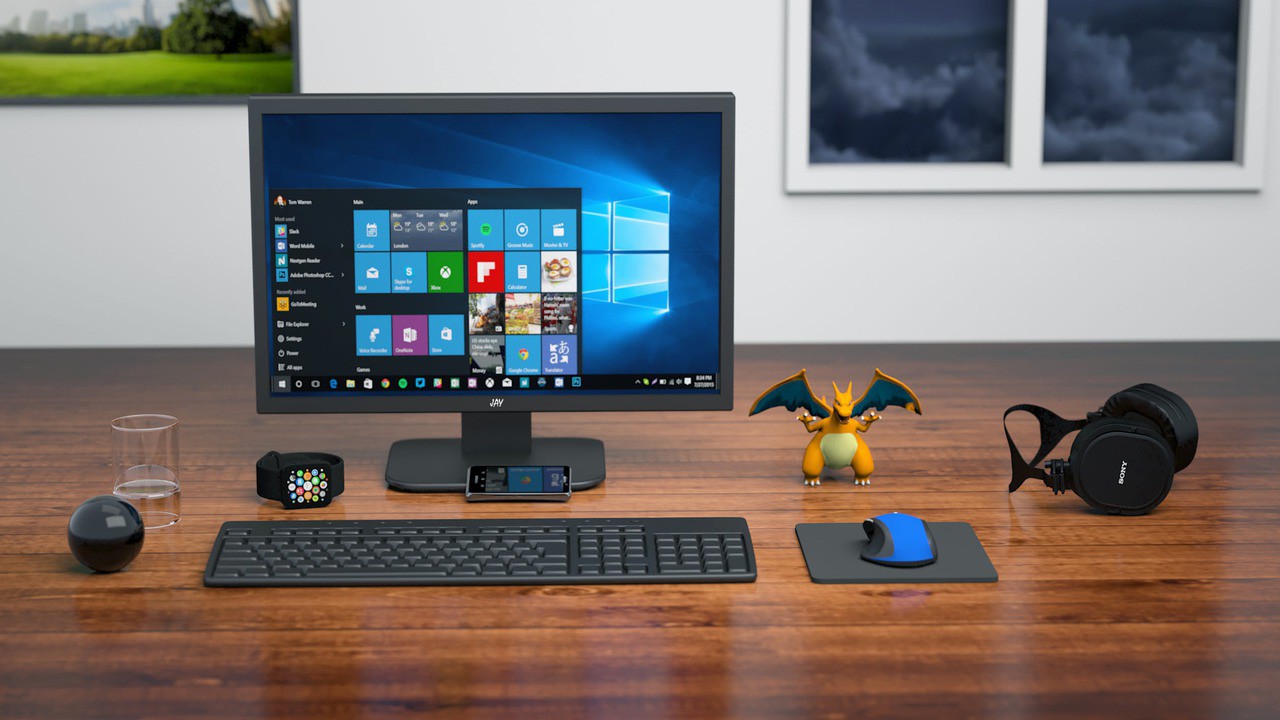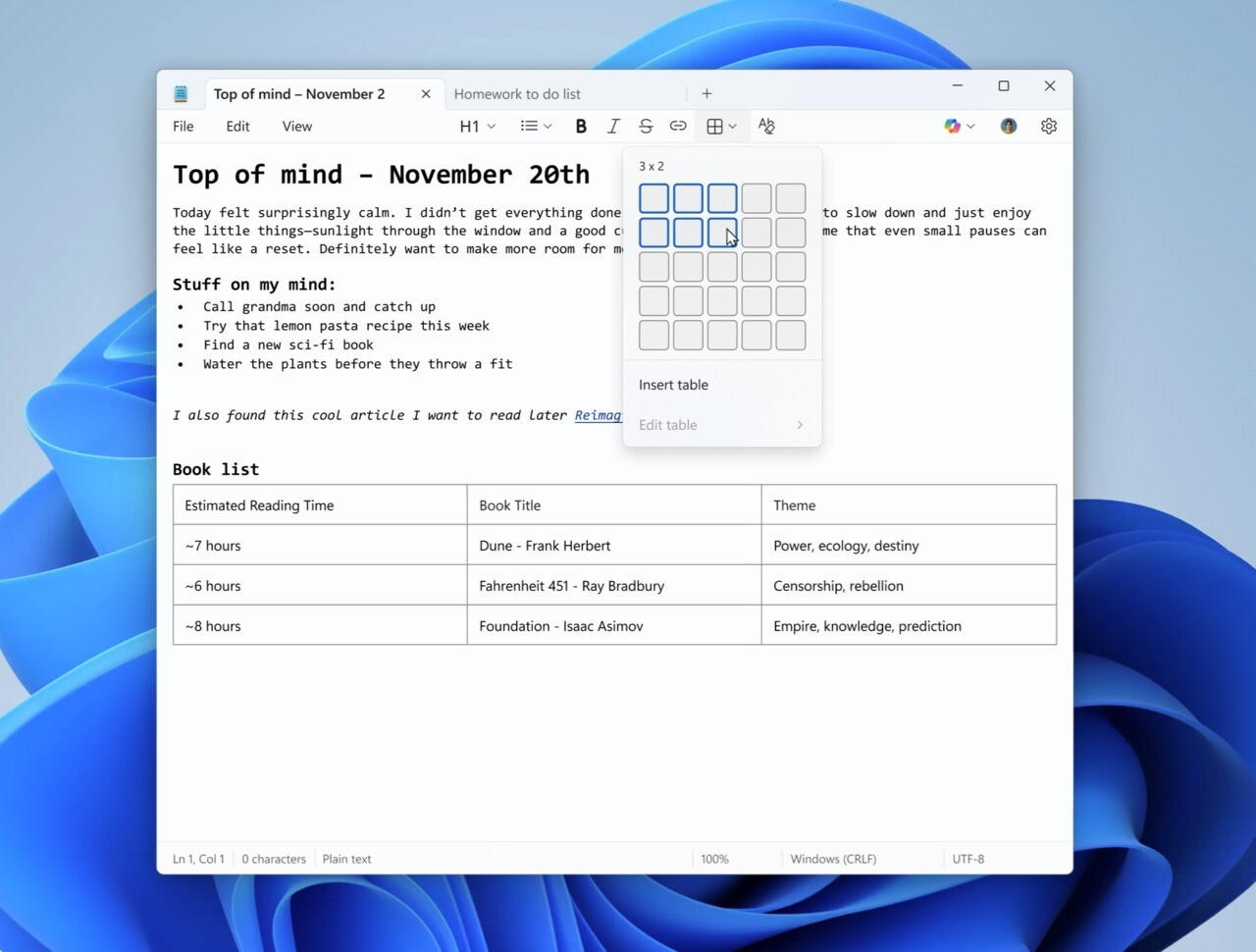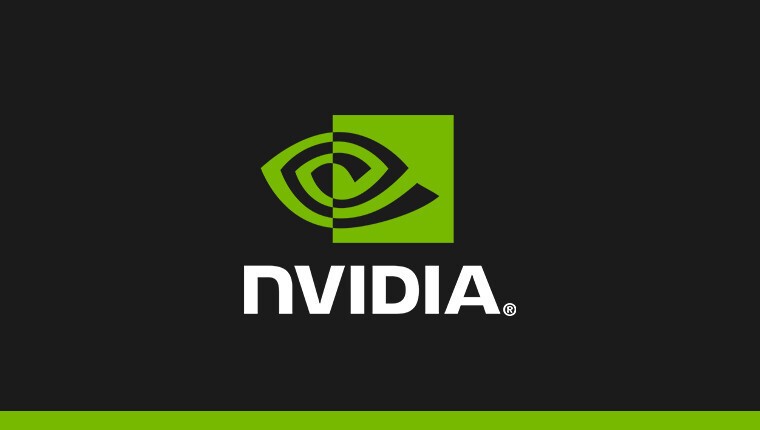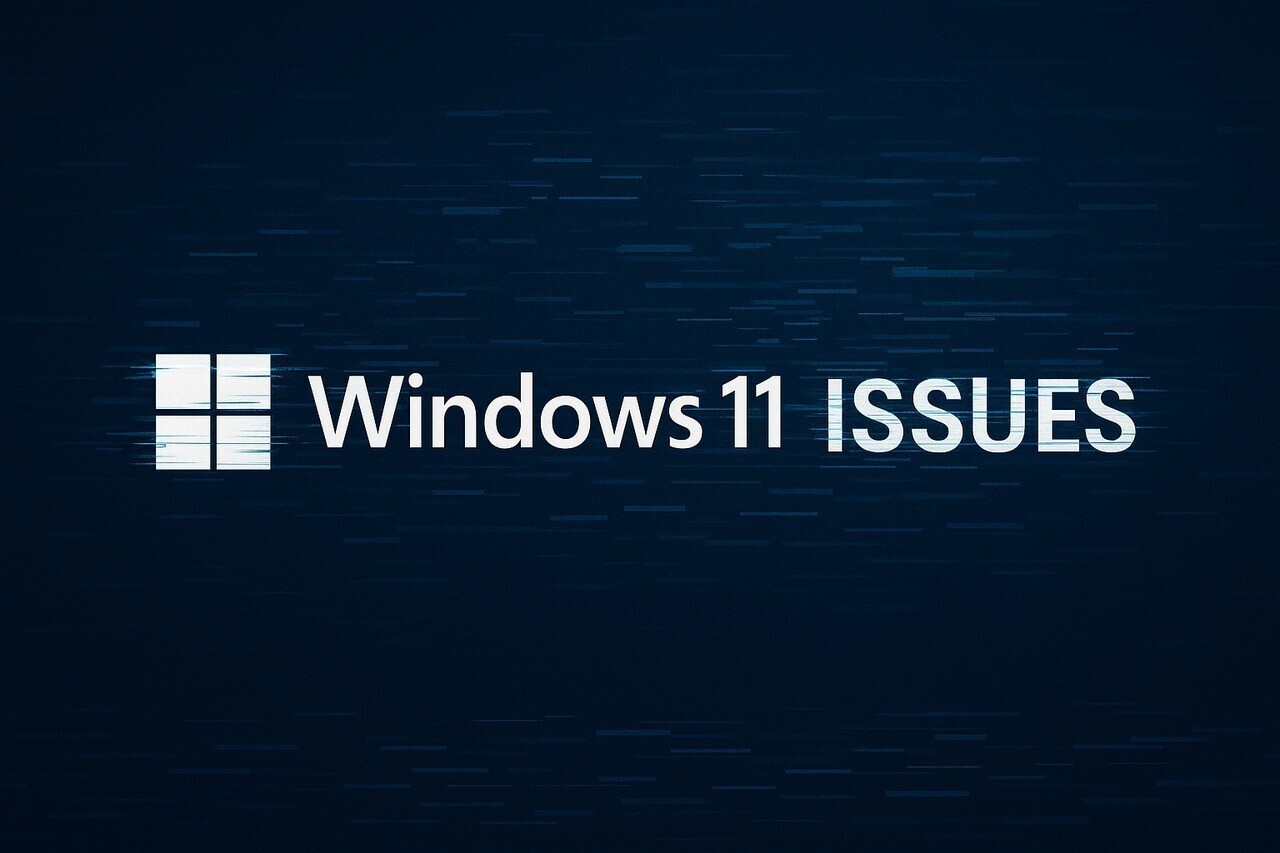
MicrosoftはWindows 10の発表以来、繰り返しWindows 10の安全性の高さを優位性の一つとしてアピールしています。今回2017年中のマルウェア感染を分析したWebrootのセキュリティレポートにより、これがある程度真実であることが証明されました(Softpedia)。
Webrootのレポートによると、ビジネスユーザーの場合、2017年に検出されたマルウェアファイルの数は2016年に比べて全体的に減少していたとのこと。オペレーティングシステムのうち、Windows 10システムでマルウェアとして検出されたファイルは15%だったのに対し、Windows 7は63%だったようです。デバイスあたりのマルウェア数に換算すると、Windows 10が.04、Windows 7が.08で大きな差があったとしています。
While fewer malware files were seen in 2017 than in 2016, the numbers are more striking when viewed by operating system. Only 15% of the total files determined to be malware in 2017 were seen on Windows 10 systems, while a full 63% were found on Windows 7, the next-most-common OS for businesses. On Windows 10 systems, we saw an average of .04 malware files per device, a strong contrast with .08 on
Windows 7.
またホームユーザーの場合でも差は大きく、Windows 10の場合は.07、Windows 7は.16、Windows XPは.17で、Windows 10がWindows 7より二倍安全だったと結論づけています。
The occurrence of malware per non-business device at the end of 2017 was .07 for Windows 10, versus .16 for Windows 7 and .17 on Windows XP. As with business devices, Windows 10 is more than twice as safe as Windows 7 for home user devices. The volume of malware per device remained constant
throughout 2017, at an average of .55 files per device.
さらに話題になったWannaCryランサムウェアに関しても、実際に被害にあったのはWindows 7マシンが大部分で、Windows 10には影響がなく、この点でもWindows 10のセキュリティの高さが立証されと説明しています。
Windows 7は2020年1月までサポートが続きますが、よりセキュアなOSを使用したいという方はそろそろWindows 10への移行を考えても良い頃かもしれません。








